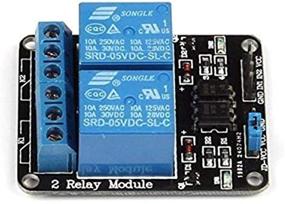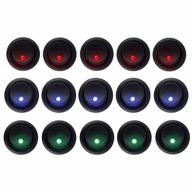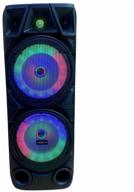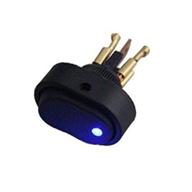- Best
- Uncertain

9
·
Very good


| Connector Type | / |
|---|---|
| Contact Material | / |
| Contact Type | / |
| Current Rating | 10 Amps |
| Mounting Type | / |

HOTSYSTEM 5 Blue + 5 Red + 5 Green Dot LED Light Round Rocker Toggle Switch SPST On-Off Control For Car Truck

24 Review

Portable bluetooth speaker BT Speaker ZQS-8210 high power universal

35 Review

Illuminate Your Ride With HOTSYSTEM'S Blue LED Toggle Switch - Perfect For Car, Motorcycle, Boat, And More!

37 Review

Gaming headset ASUS TUF Gaming H3 (90YH02AR-B1UA00) black-red

46 Review